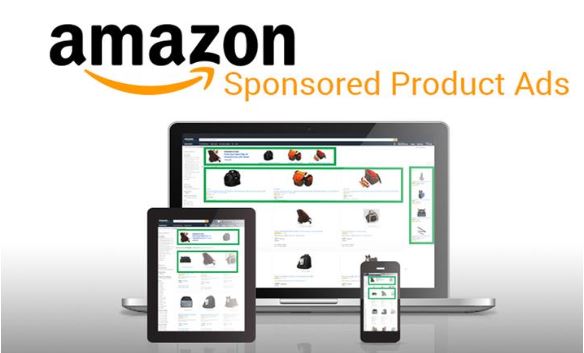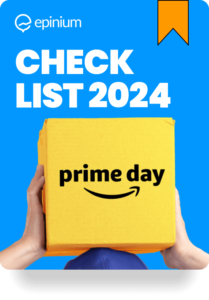In today’s blog post, we will be discussing ways of overcoming the top 5 Amazon Advertising Challenges for this 2020.
So, we gathered up the most common ones for you:
Amazon Advertising Challenges:
Big Challenge #1 – Optimization Tactics
Nowadays, when a brand runs an ad in a magazine, that ad is basically no longer changeable. However, Amazon experts expect to start a campaign and then optimize on the go to constantly improve performance over time.
Advertising optimization can come in many ways going from simple bid changes to very deep ones.
Yet optimization is not just about using all the tools that are available. It’s about having the knowledge and expertise.
Today’s Amazon advertiser have both the toolset problem and the expertise problem that come directly from the fact that this channel is simply still so new. The native tools don’t have deep optimization features and there just aren’t enough experts available that have been doing this for much long.
Big Challenge #2 – Proving It Works
The simple fact that this marketplace has been growing so quickly proves that marketing teams are in fact getting great results. But, as budgets scales, the odds in advertising say that eventually there’s a law of diminishing returns.
But, the question is; where is that line for Amazon Advertisers?
Although not so many advertisers have probably got to that point yet, this is definitely going to start coming up this year as Amazon account managers ask marketing leaders to increase budget.
One of the most significant ways that brands evaluate marketing channels is by putting datasets together that can help light up the true story of what’s happening. Let’s say a particular Amazon campaign seems to be losing proposition at first, but when repeat sales and lifetime value are embedded into the analysis, that product might be a loss leader on the front end but turns up to drive a ton of real value over time.
Big Challenge #3 – Navigating Advertising Options
If you check the Amazon Advertising home page, you will see that there are different ways with which advertisers can actually engage with the channel. They offer Sponsored Products, Sponsored Brands, Stores, video ads, display ads, custom ads, and even Amazon’s own demand-side platform, the Amazon DSP.

The best way you can work on your Amazon media mix is by making sure that your basic Sponsored Product ads are working well and you are getting to shoppers as they use the most relevant keywords related to your current products within Amazon.
When you have this, you can go build up your funnel. Are your product listings set to truly get the attention of people browsing to turn them into buyers? There’s so much information you can find within your ad campaigns to help you understand where your ads budget is working best .
Last, once the middle and bottom of your funnel are optimized, using the rest of the Amazon ad options to drive awareness and interest at the top, is in fact the best way to take advantage of your maximized lower funnel.
When you have gone through these steps, you will most probably be way ahead of the curve of Amazon advertisers.
Big Challenge #4 – Expert Support
Amazon Advertising is very similar to Amazon’s store: it’s very powerful and has a lot of options, but no one is there to help or taking you through everything to show you what to do.
For any marketers expecting that to change, this is simply not going to change anytime soon. So, Amazon Advertising is very much a self-service operation. Unlike its fellow rivals, Google and Facebook, the majority of Amazon’s revenue does not come from advertising, which is why it is still not set up to look after advertiser needs and questions like its fellows.
Big Challenge #5 – Reporting
All marketing teams know reporting is the key and a must to the success.
Almost every important decision throughout the campaign lifecycle requires measurement and reporting to take the marketers in the right path.
The reality of reporting needs compared to the data you can get from Amazon is a huge gap for marketing teams.
Current marketers expect and want their marketing platforms to provide quick and easy access to various variables.
Amazon advertisers want to be able to create custom dimensions and categories actually put together the way they want them be grouped in order to make informed decisions and drive powerful optimization. Let’s see an example:
All products on Amazon have a unique ASIN , and marketers often need to report on groups of ASIN together based on various categories for the same products that might be in more than one campaign. So that’s a very basic functionality that would be assumed to be part of the native tool, but it’s in fact limited.
So, if you want to be updated with new Amazon advertising challenges and do not want this to happen to your brand, keep on reading all our posts!
We hope you liked our post and if you have any question just ask us on the comments section below!







